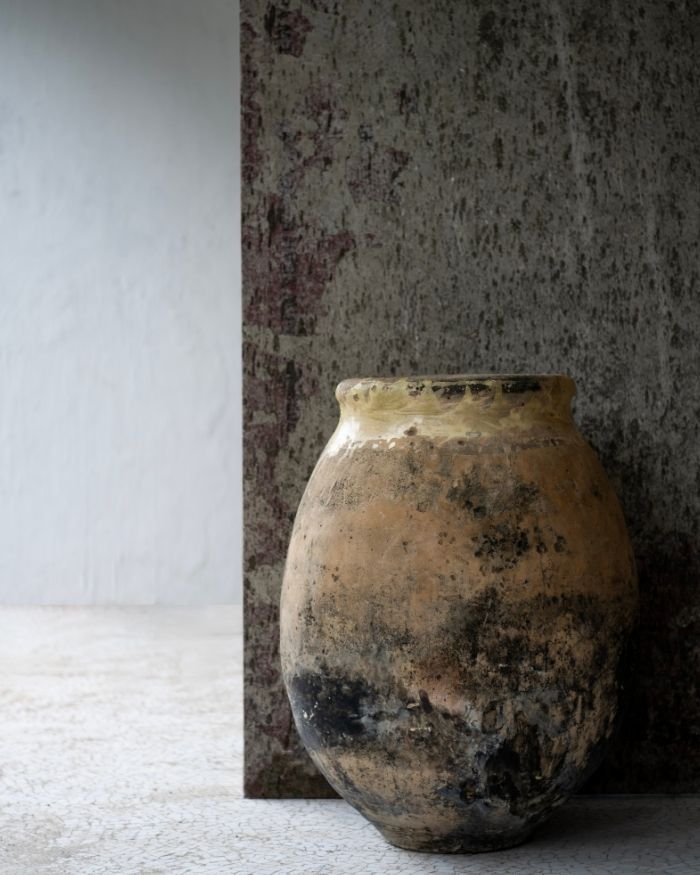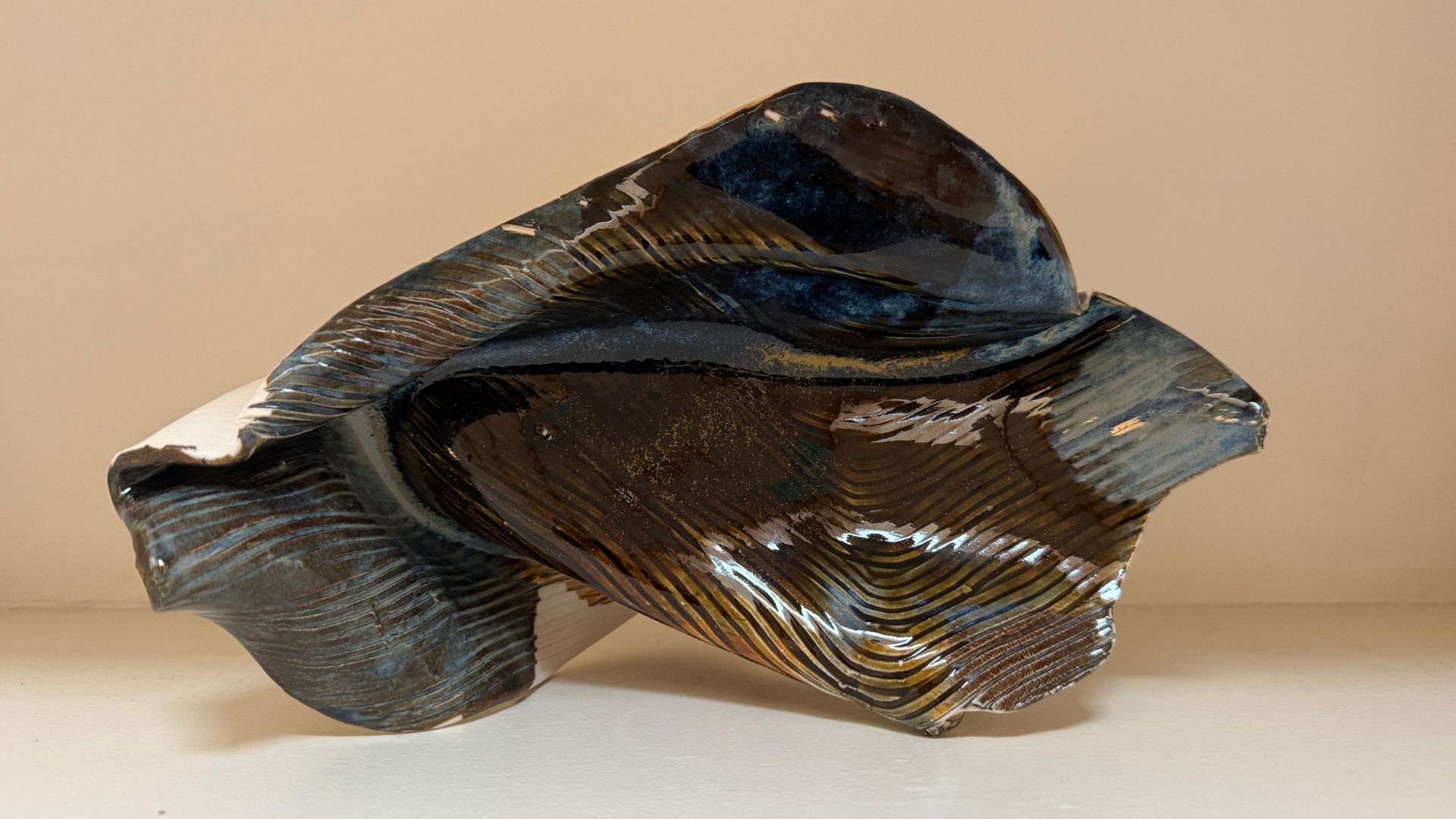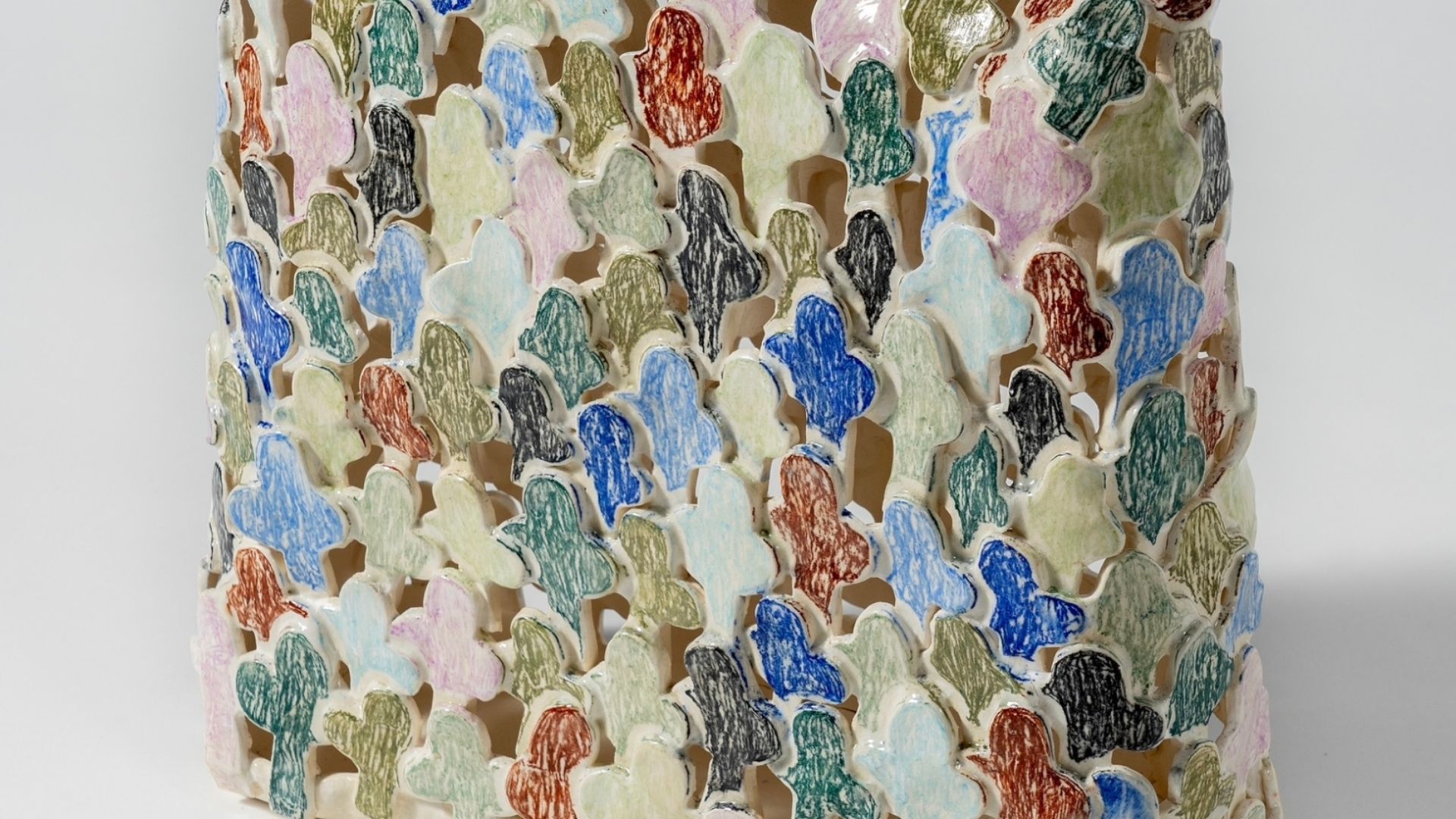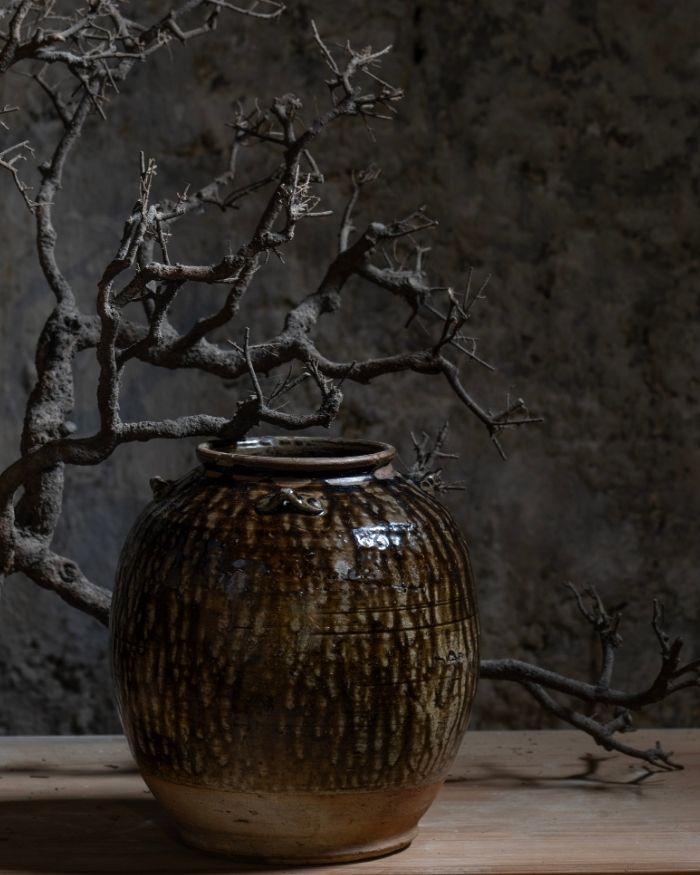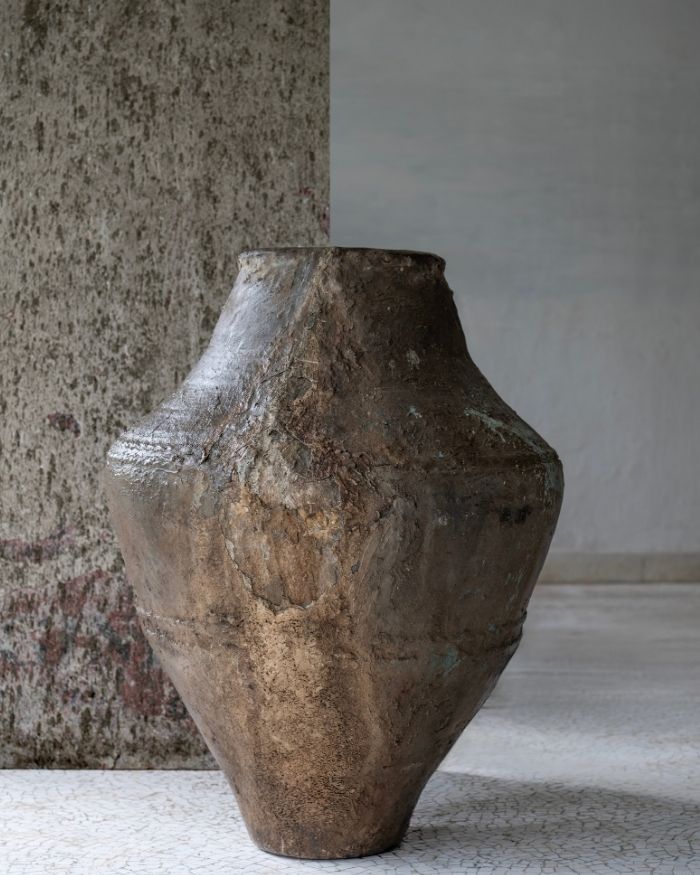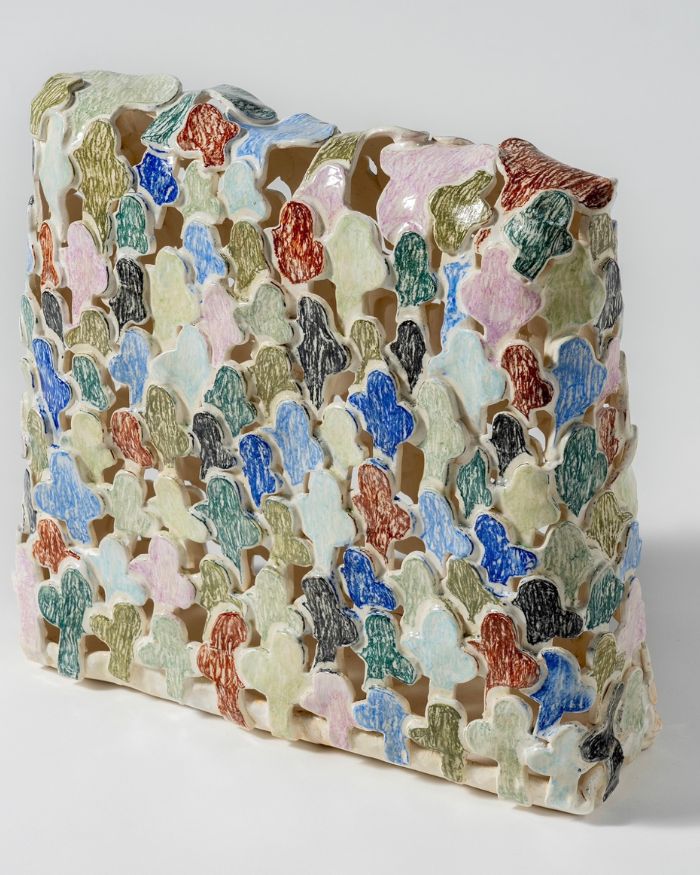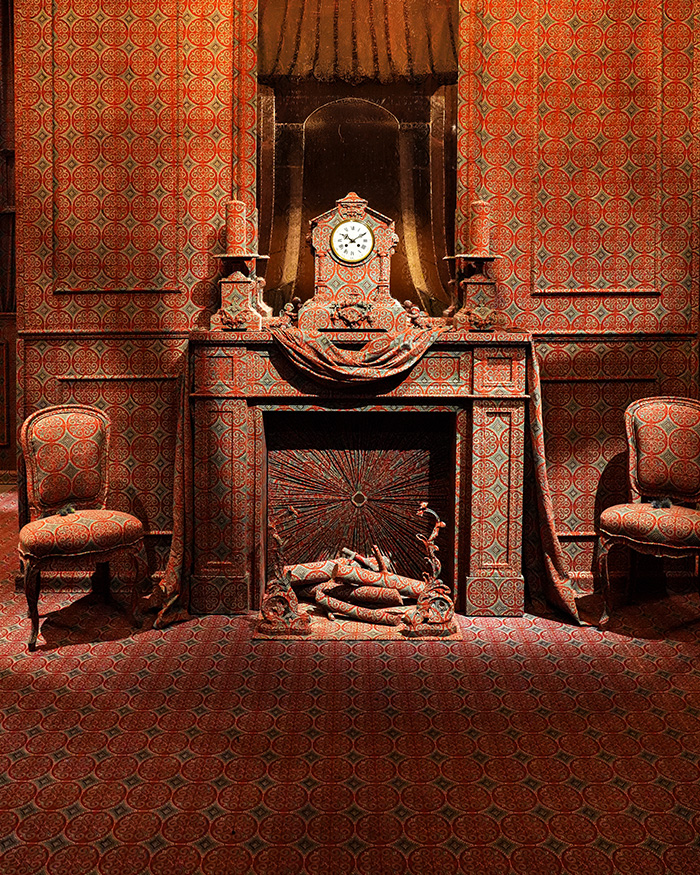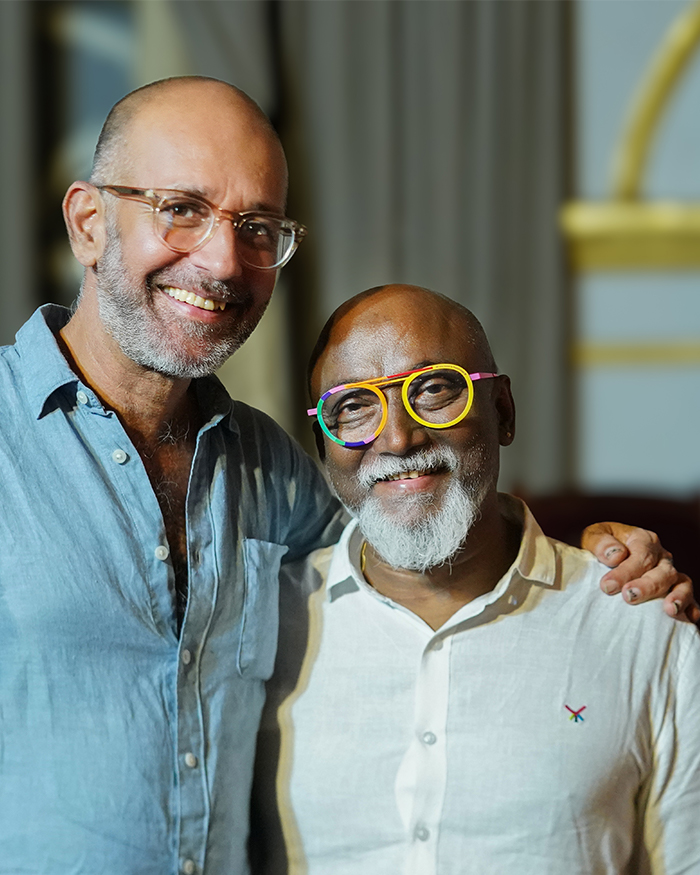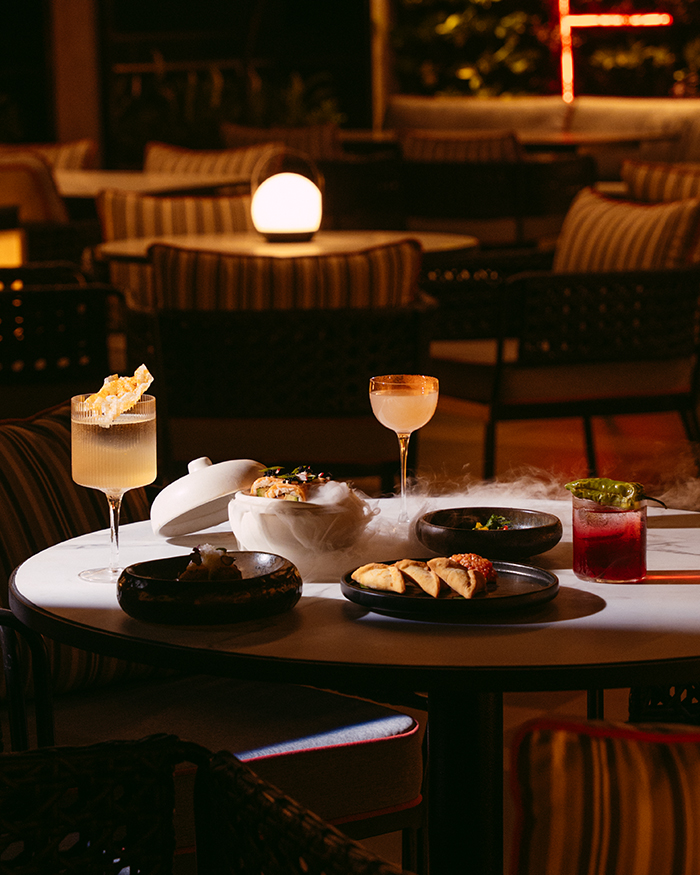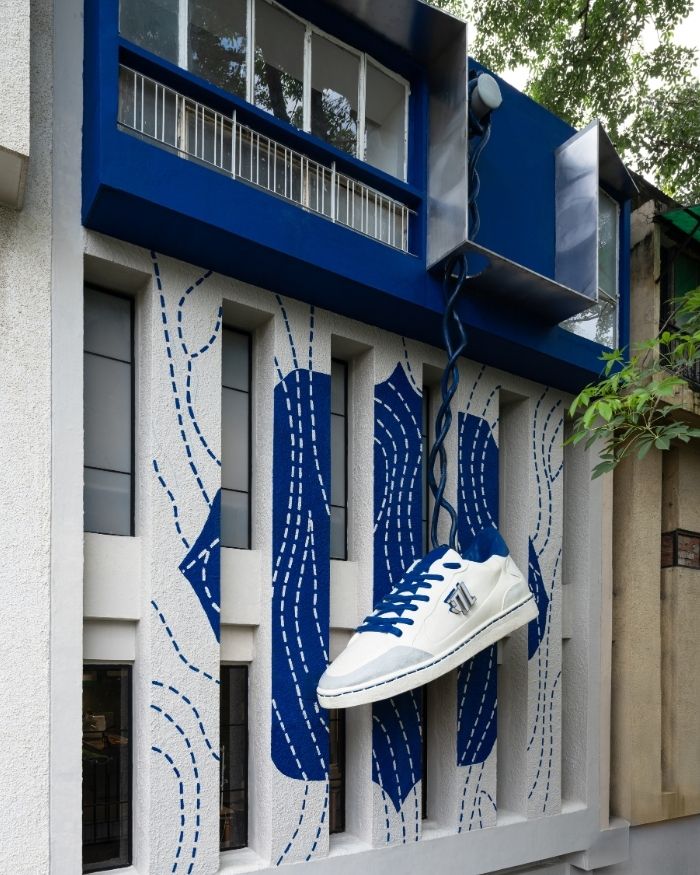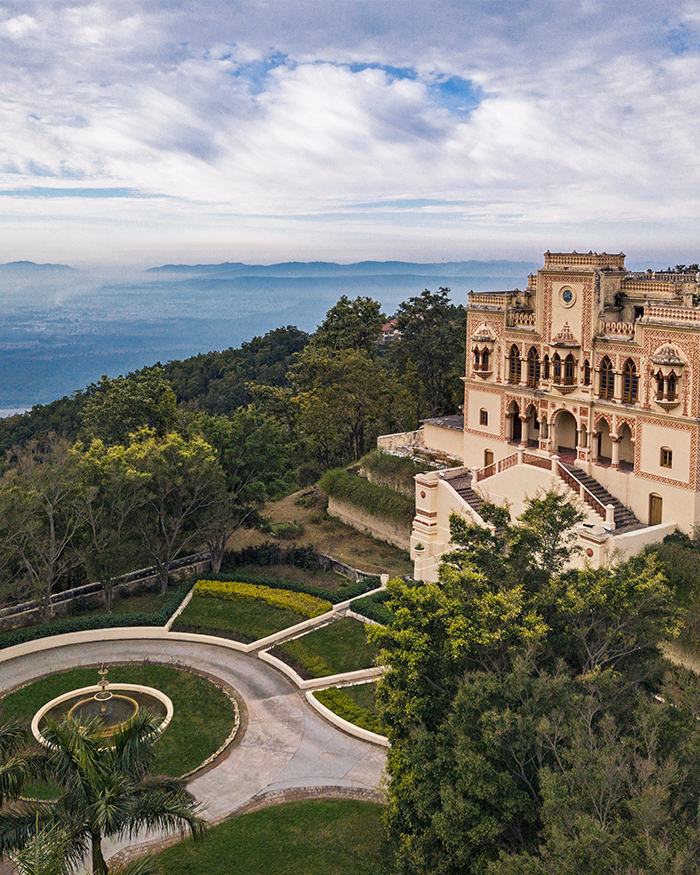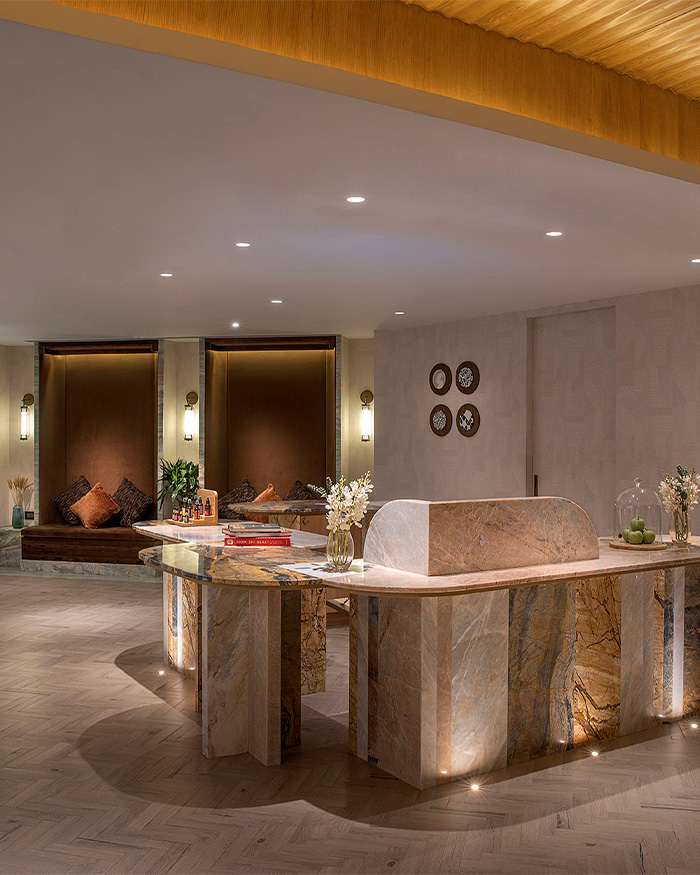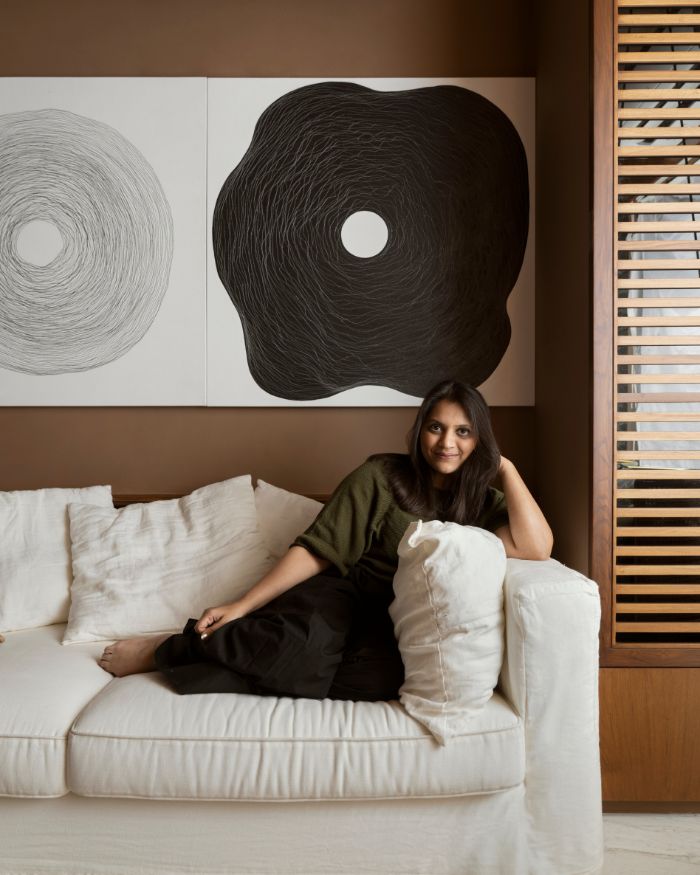One of the most familiar materials, clay is often associated with nostalgia, memory and its lingering intimacy of touch. Born of earth, fire, intuitive techniques and importantly, the human touch, the material is a storyteller in its delicate, solid form — cradling memory in its ceramic curves, cracks, patterns and glaze. Centuries ago, however, the act and use of clay was barely seen as a way of ornamentation; utility being at the core of it. The American ceramic artist George Ohr dared to see clay as rebellion, not mere function. Today, that spirit finds a ubiquitous expression at the House of Mahendra Doshi in Mumbai, where Chiki Doshi, alongside Farah Siddiqui Khan reimagines ceramic through a distinct South Asian lens.
Titled The Ceramic Salon: Edition 1 — an assembly of ceramic pieces from amphoras and vases to sculptures and one-of-a-kind interpretations — gentle and magnificent in a single breath, trace the journey of clay through time, techniques and terrains. “We didn’t want a white cube exhibit. So we thought, let’s juxtapose modern art with the older pieces. Also, Art Deco in Mumbai celebrates its 100th anniversary this year, so we’re doing a lot of Art Deco pieces as well,” Chiki Doshi tells us.
